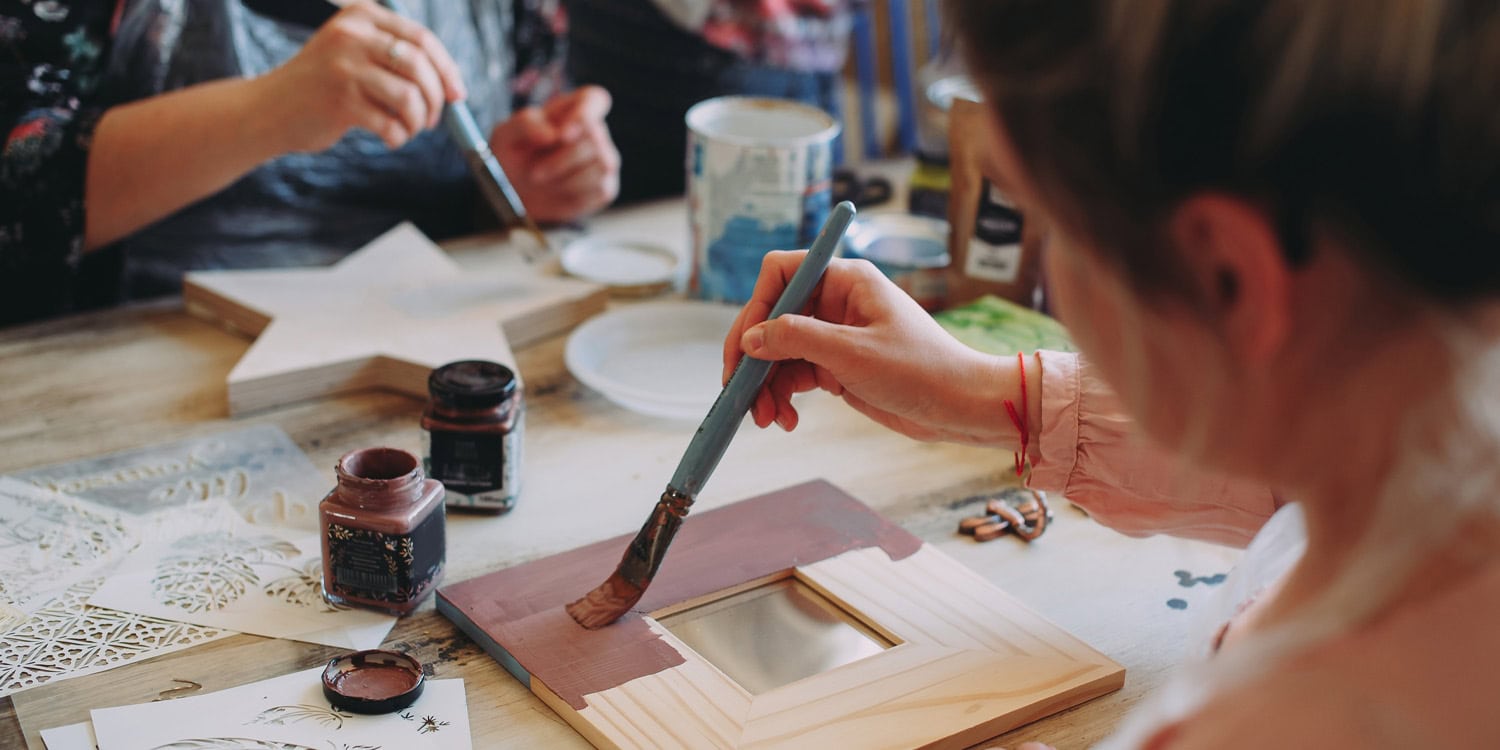Amid the hustle and bustle of modern life, could the simple act of crafting help protect our mental health? A new study published in Frontiers in Public Health provides evidence that indulging in creative activities like arts and crafts could offer a boost to our overall sense of wellbeing. In fact, the impact of crafting on an individual’s sense of life satisfaction was found to be more significant than being employed, highlighting its potential as a valuable tool in promoting public mental health.
The researchers, led by Helen Keyes of Anglia Ruskin University, were motivated by the need to find effective ways to improve public mental health, particularly in the wake of the COVID-19 pandemic. The pandemic has left many people grappling with increased stress, anxiety, and a sense of disconnection. This has underscored the need for accessible, affordable, and effective interventions that can help people feel better and more connected to life.
Arts and crafts have long been recognized for their therapeutic benefits, particularly for individuals with mental health conditions. However, this study sought to determine whether such activities could also have a positive impact on the general population’s mental wellbeing.
To explore this question, the scientists analyzed data from the UK’s Department for Culture, Media, and Sport’s annual Taking Part survey, which tracks public engagement with cultural, digital, and sporting activities. The survey included a broad sample of 7,182 participants, making it possible to examine the effects of creative arts on wellbeing across a diverse population. This large-scale study provided a unique opportunity to assess the impact of crafting in a real-world setting, beyond the controlled environments typically found in clinical research.
The researchers employed a comprehensive approach to analyze the data, taking into account various sociodemographic factors such as gender, age, health, employment status, and level of deprivation. These factors are already known to influence an individual’s sense of wellbeing, with poorer health, unemployment, and higher levels of deprivation often linked to lower levels of happiness and life satisfaction. By controlling for these variables, the researchers were able to isolate the specific impact of engaging in arts and crafts on mental wellbeing.
Participants in the survey were asked to rate their levels of happiness, anxiety, life satisfaction, and whether they felt that their lives were worthwhile. They were also asked how often they felt lonely. When it came to crafting, 37.4% of the respondents reported that they had engaged in at least one craft activity over the past year. These activities ranged from painting, drawing, and knitting, to pottery and woodworking.
The results of the study were striking. The participants who took part in arts and crafts reported higher levels of happiness, life satisfaction, and a stronger sense that life is worthwhile. The boost to their sense of life being worthwhile was as significant as the effect of being employed, a notable finding given the importance of employment to many people’s self-worth and overall satisfaction with life. However, the study found no significant impact of crafting on levels of loneliness or anxiety. This could be because some craft activities are often solitary endeavors, which may not provide the social interaction needed to reduce feelings of loneliness.
“Engaging in these activities is linked with a greater sense that life is worthwhile, increased life satisfaction, and happiness,” said Keyes. “The wellbeing effects were present even after we accounted for things like employment status and level of deprivation. It seems that crafting can contribute positively to your wellbeing above and beyond these other aspects of your life.”
The findings suggest that the positive effects of crafting, though modest, are comparable to the influence of sociodemographic factors like age, health, and employment. Given that these factors are often difficult to change, the ability of arts and crafts to enhance wellbeing represents a significant opportunity. Encouraging greater public participation in such activities could therefore be a valuable strategy for improving overall mental health.
“Governments and national health services might consider funding and promoting crafting, or even socially prescribing these activities for at-risk populations, as part of a promotion and prevention approach to wellbeing and mental health,” added Keyes.
While the study’s findings are promising, the researchers were quick to point out some important limitations. First and foremost, this was a correlational study, meaning that it can only suggest a relationship between crafting and improved wellbeing, not prove that one causes the other. As Keyes explained, “We can’t know for certain whether crafting is directly causing this increase in wellbeing. The next step would be to carry out an experimental study where we measure people’s wellbeing before and after significant periods of crafting.”
Furthermore, the study focused on a broad range of craft activities, but did not explore whether different types of crafts might have different effects on wellbeing. It is possible that more social forms of crafting, such as group knitting sessions or collaborative art projects, might have a stronger impact on reducing loneliness, a hypothesis that future research could explore.
Another limitation is that the survey did not include every possible type of craft activity, potentially overlooking other forms of creativity that might also contribute to wellbeing. Additionally, the study did not consider the varying levels of skill or engagement in crafting. For example, someone who crafts as a casual hobby might experience different effects than someone deeply involved in a creative project.
Despite these limitations, the study provides valuable insights into the potential mental health benefits of arts and crafts. Given their accessibility and affordability, these activities could be an effective way to enhance wellbeing across a broad segment of the population. As Keyes noted, “There is certainly something immensely satisfying about seeing the results of your work appear before your eyes. It feels great to focus on one task and engage your mind creatively.”
The study, “Creating Arts and Crafting Positively Predicts Subjective Wellbeing,” was authored by Helen Keyes, Sarah Gradidge, Suzanna Elizabeth Forwood, Nic Gibson, Annelie Harvey, Evelin Kis, Karen Mutsatsa, Rachel Ownsworth, Shyanne Roeloffs, and Magdalena Zawisza.




